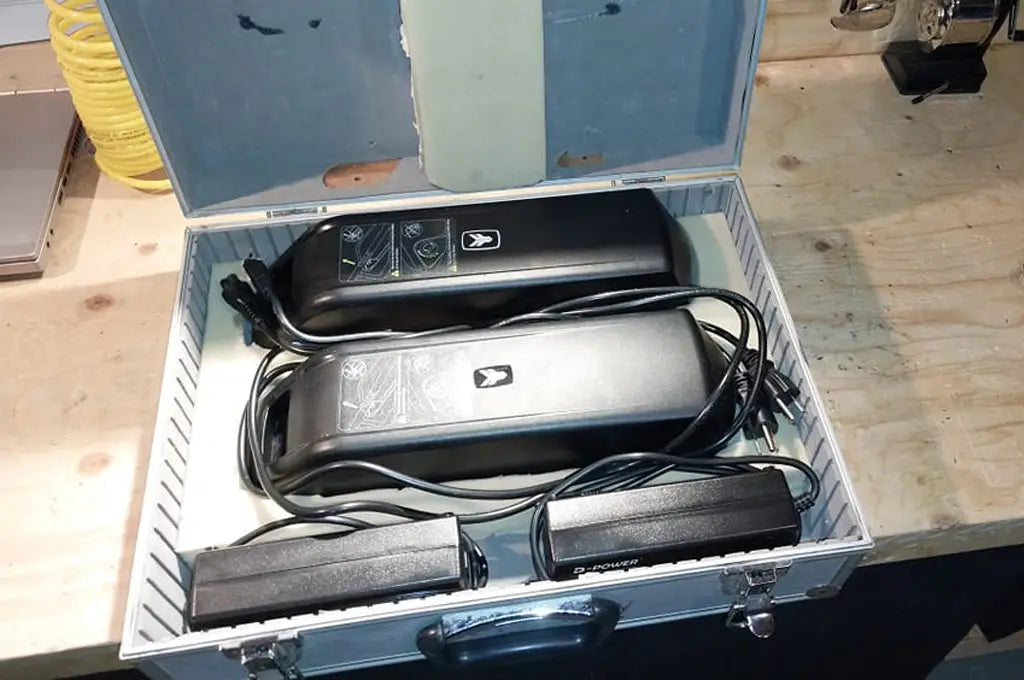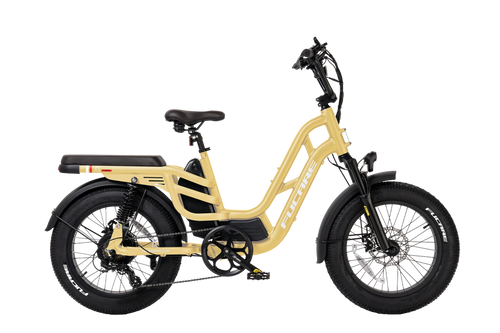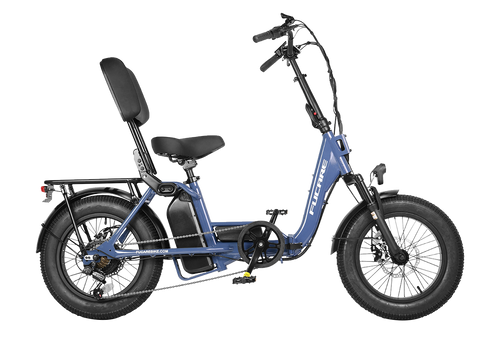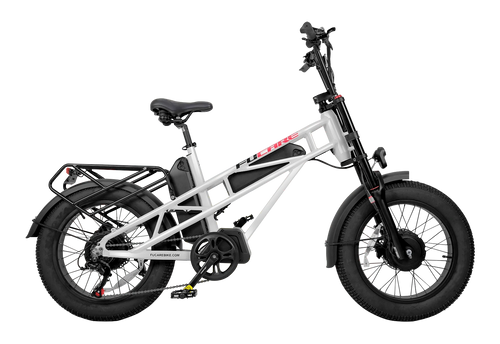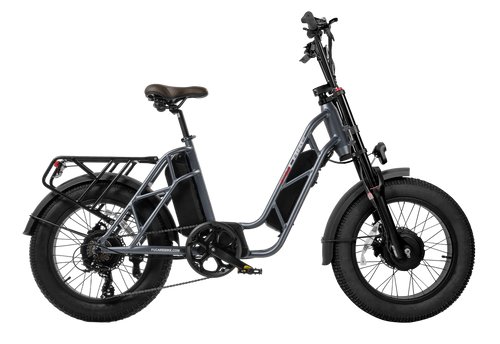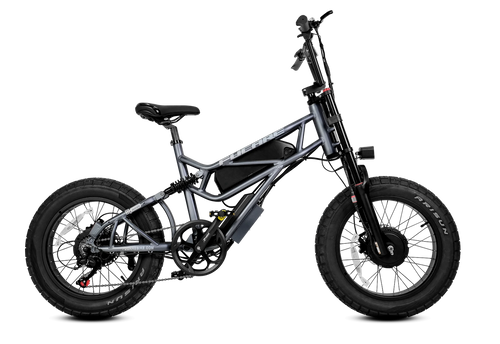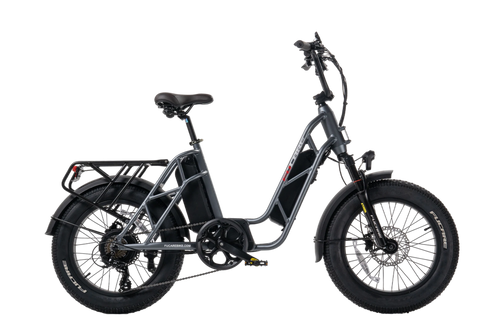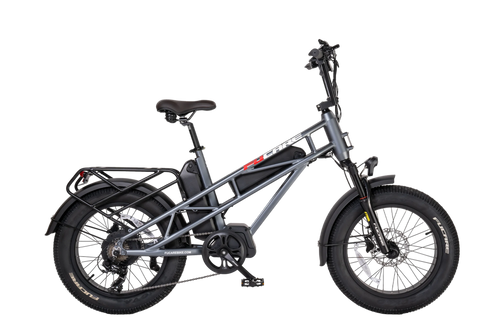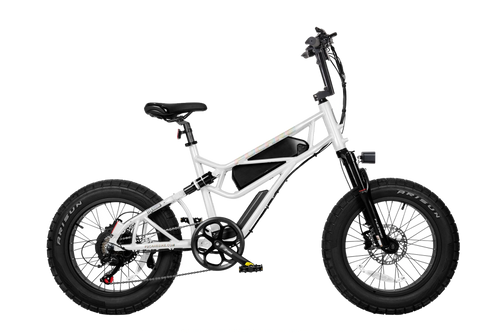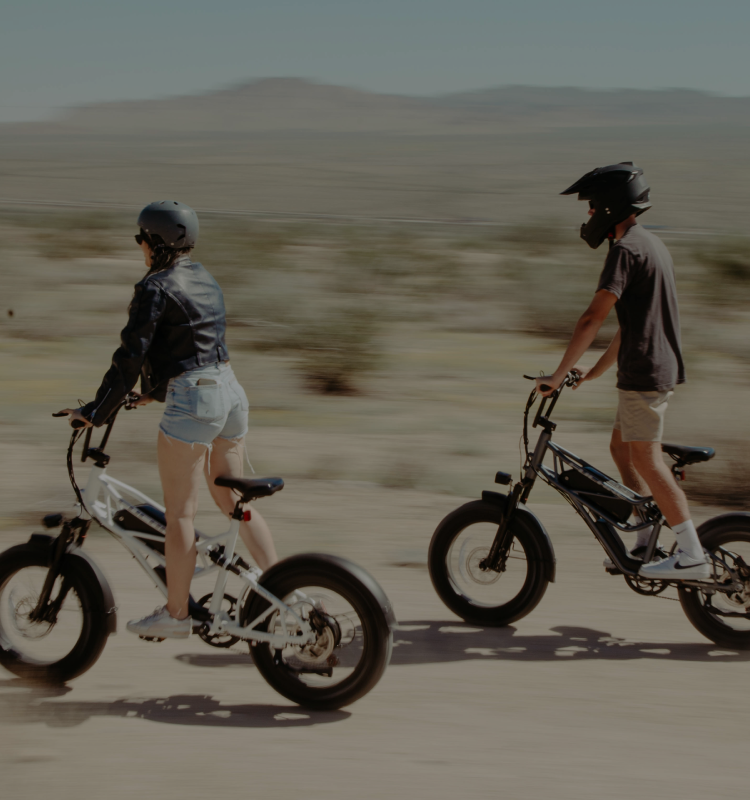How to Handle E-Bike Commuting in Bad Weather
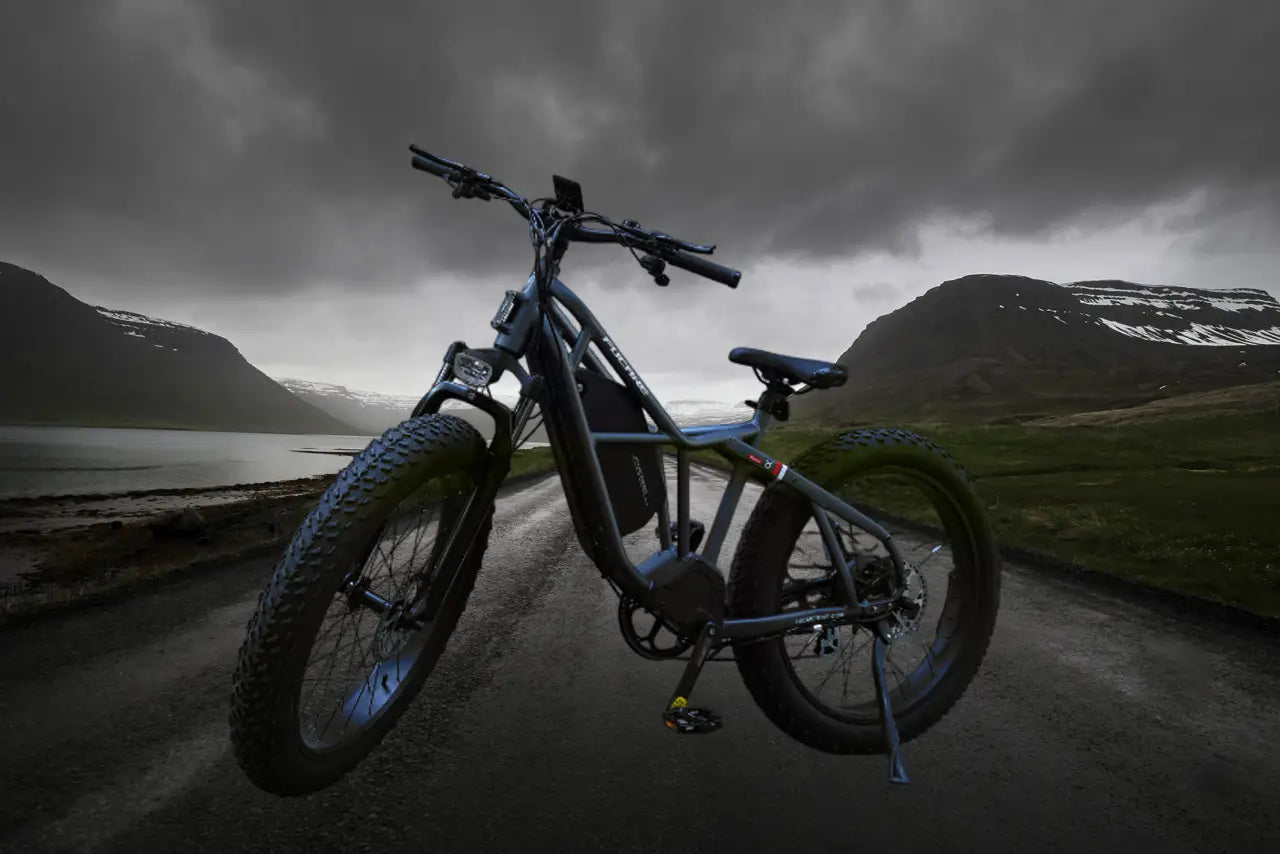
Tips to protect your bike, stay safe, and ride comfortably in the rain
Riding an ebike for daily commuting is a game-changer — fast, efficient, and eco-friendly. But when the weather turns sour, things can get tricky. Rain, puddles, slippery roads, and poor visibility don’t exactly make for the smoothest commute. So how do you keep riding without risking damage to your bike — or yourself?
Your E-Bike Can Handle More Than You Think
First off, most modern ebikes are built to handle some degree of bad weather. If you’ve got a factory-assembled model, chances are it’s equipped with water-resistant components. Still, "water-resistant" doesn’t mean "waterproof" — so don’t push it. Riding through deep puddles or washing your bike with a high-pressure hose can still cause damage. Moisture can sneak into display screens, battery ports, or cable connections if they aren’t properly protected.
Protecting Your Ride: Simple Upgrades That Go a Long Way
Fenders are an absolute must if you're commuting in wet weather. Not only do they keep your clothes cleaner, they protect your drivetrain, motor, and battery from road spray and debris. Some riders go a step further — using silicone tape to seal connectors, adding a plastic flap to the bottom of the front fender, or even wrapping displays in transparent plastic covers during heavy storms.
Waterproof panniers or a roll-top dry bag are also worth the investment, especially if you carry electronics, clothes, or work gear. And if you’re a DIY kind of rider, consider angling cables downward to create drip loops and sealing off vulnerable areas with moldable silicone. Little tricks like these can prevent big headaches down the line.
Staying Dry, Warm, and Visible
Let’s be honest: getting wet on the way to work is no one’s idea of fun. But with the right gear, riding in the rain doesn’t have to be miserable. A good rain jacket and pants, waterproof gloves, and shoe covers can make a world of difference. Some riders even wear rubber rain suits with layers underneath depending on the temperature.
Visibility is another big factor. Rainy conditions can make you nearly invisible to cars — especially during early mornings or evenings. Reflective jackets, bright lights (both front and rear), and even a helmet cover with high-vis accents can make sure you’re seen when it matters most.
Ride Smarter on Wet Roads
Rain doesn’t just make you wet — it makes the road more dangerous. Painted crosswalks, metal plates, and train tracks become slick fast. Brake sooner and more gently than usual. Take corners slowly. And if your tires are more suited for dry commuting, consider upgrading to ones with better wet traction.
You might also want to lower your seat slightly for better stability and control. And this goes without saying — always wear a helmet. One slip on a wet surface is all it takes.
Final Thoughts: Rain Is Inevitable, But It’s Manageable
The weather won’t always cooperate — but your commute doesn’t have to stop because of a little rain. With the right setup and mindset, you can ride year-round safely, protect your bike from damage, and stay relatively dry in the process.
Remember: slow down, suit up, and treat your e-bike like the reliable commuting partner it is.
Continue reading
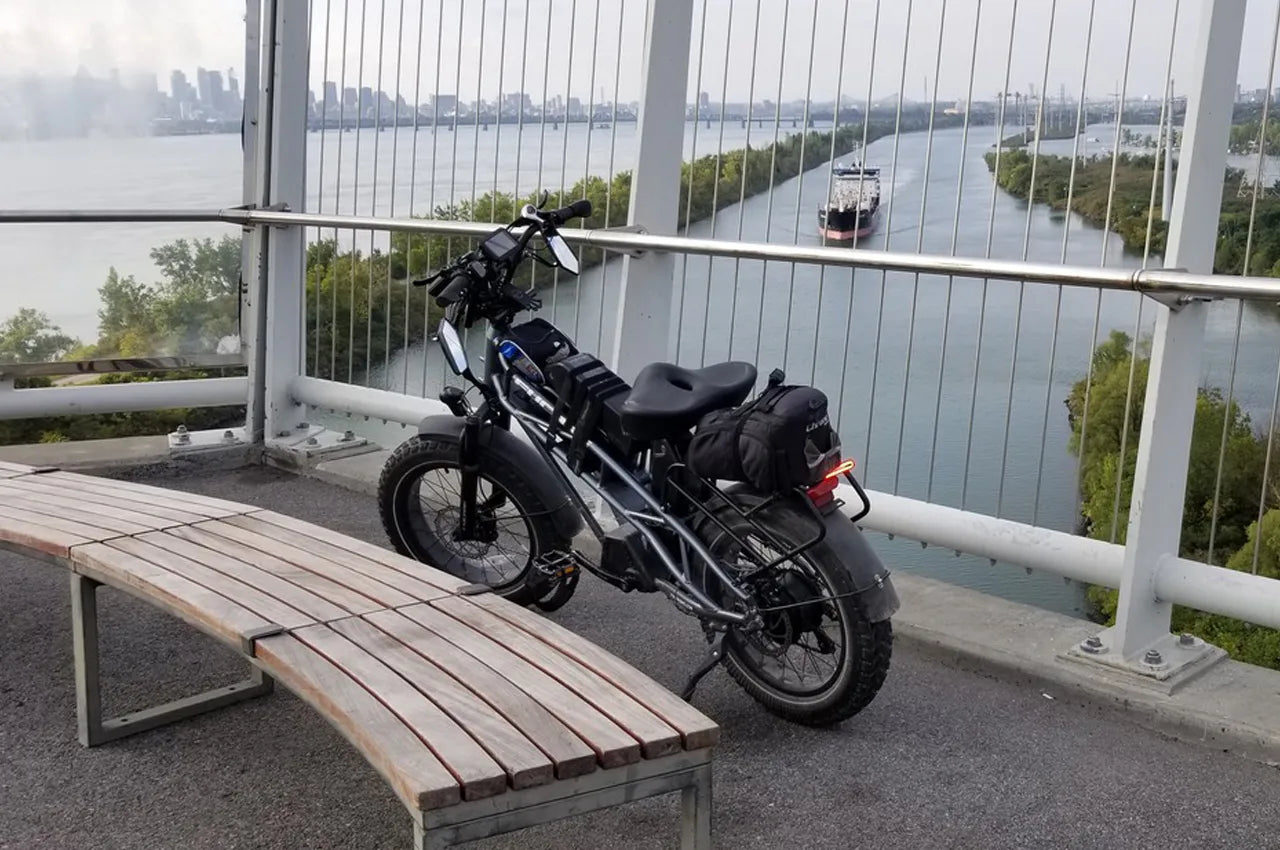
Riding Slower, Seeing More: The Everyday Magic of E-Bikes
